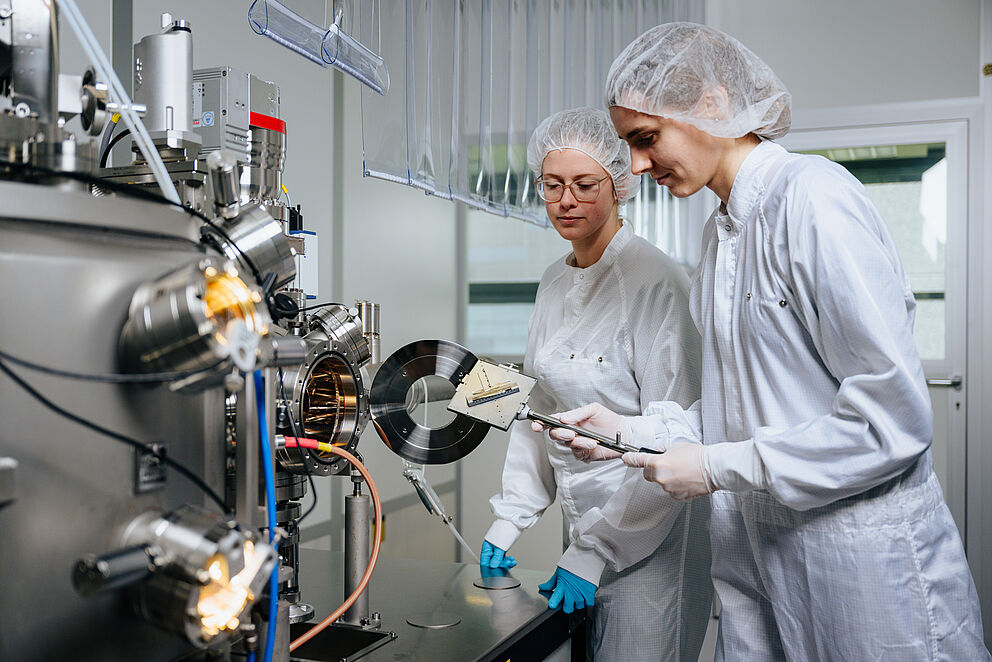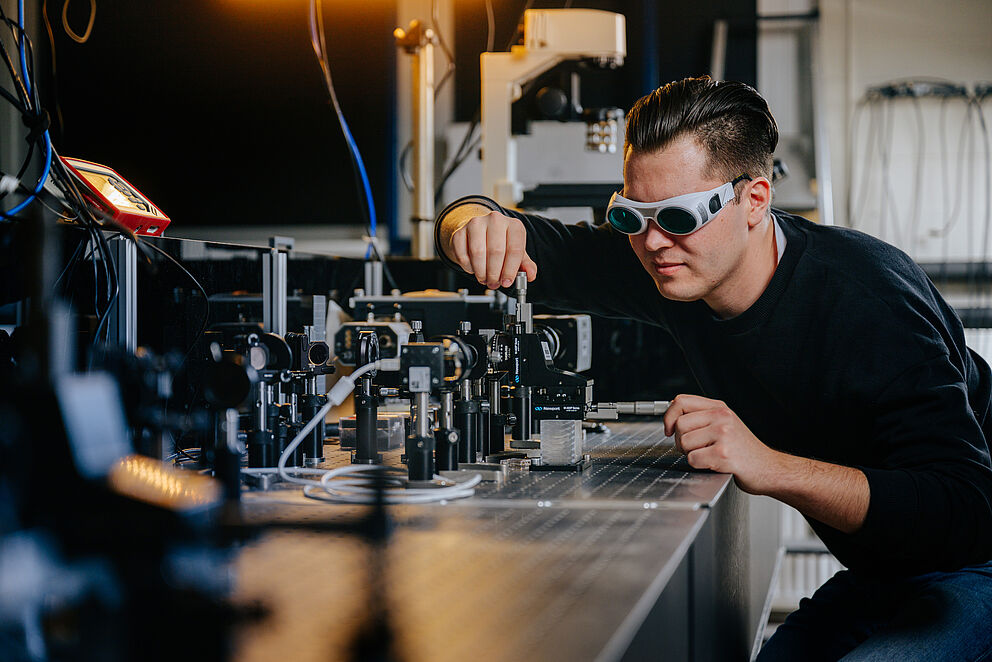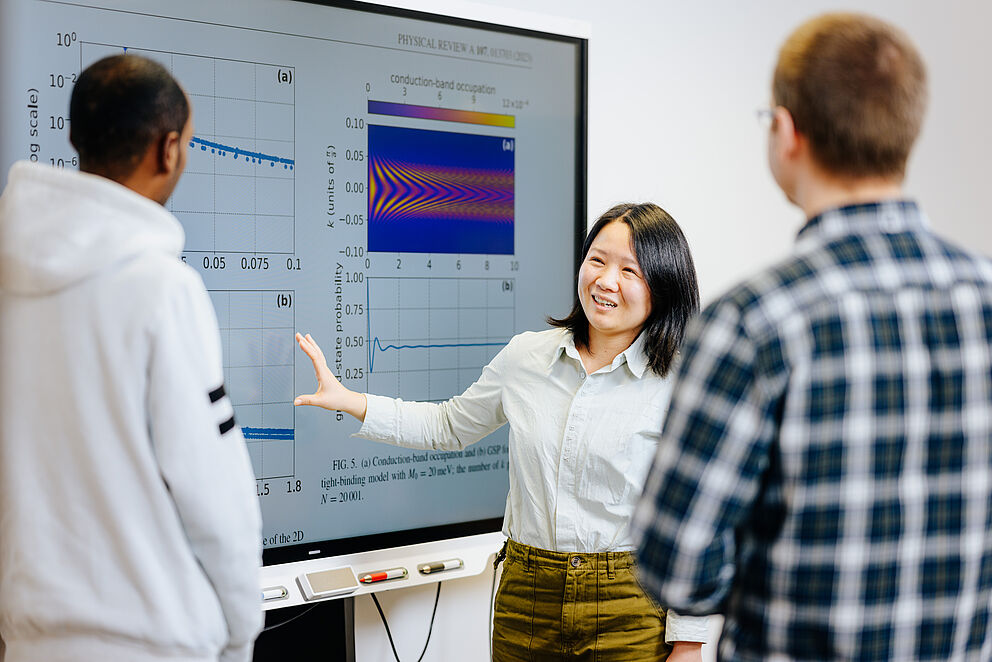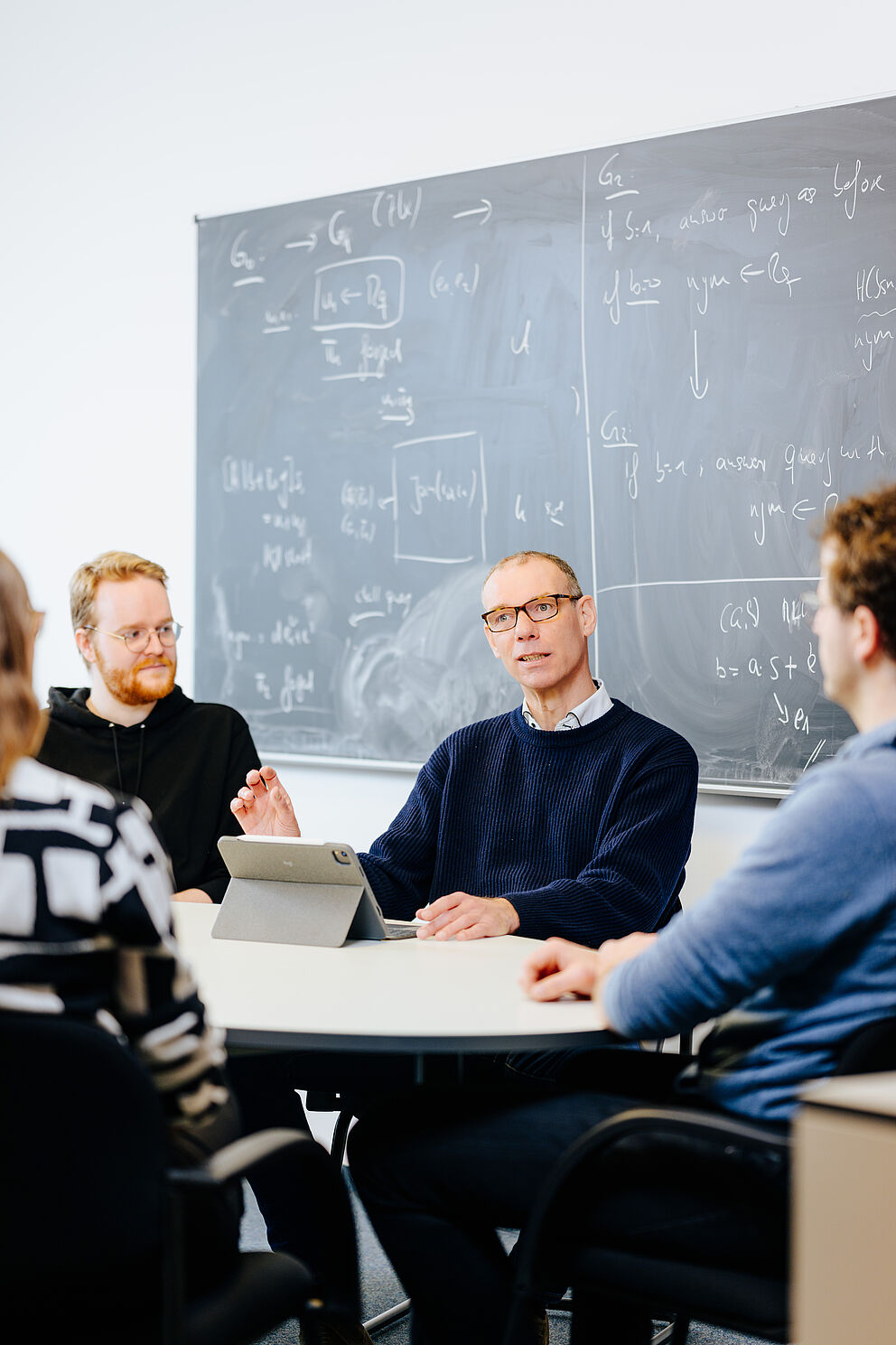PhoQS Infrastructure
The Institute for Photonic Quantum Systems (PhoQS) provides a cross-institutional infrastructure. Central technical equipment and methods for modelling, optimisation and software development are maintained by PhoQS staff members who are assigned to so-called infrastructure teams. Learn more about the PhoQS infrastructure here.
Infrastructure Teams
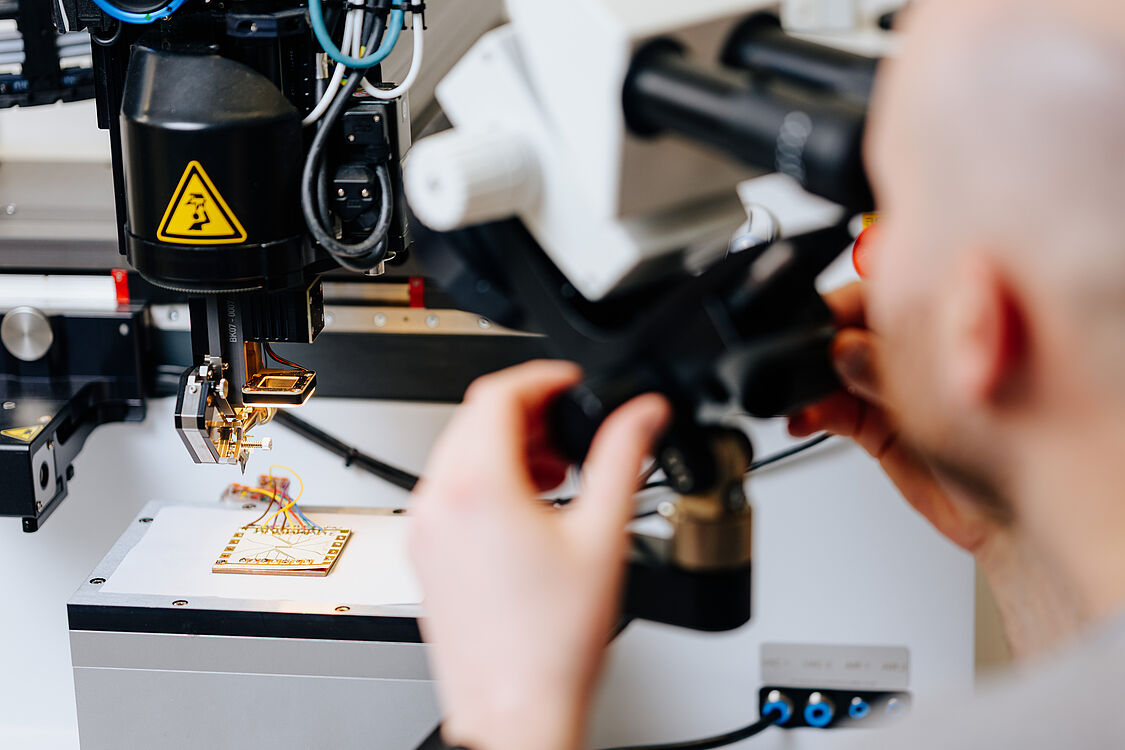
The Institute for Photonic Quantum Systems (PhoQS) at Paderborn University is establishing cross-institutional infrastructure teams (ISTs). The infrastructure teams take on basic tasks that lay the foundations for research at PhoQS.
The employees of the infrastructure teams are PhoQS members and are organised operationally by the infrastructure manager. In accordance with their professional affiliation, each infrastructure team is organisationally assigned to a working group leader from the PhoQS board.
The infrastructure teams take on tasks for all PhoQS members to support them in projects, especially in the training of doctoral students and postdocs, and to transfer expertise across the groups.
Workshops are the sole responsibility of the infrastructure manager.
Responsibilities and Contacts
The following list shows the tasks of the infrastructure teams.
| Infrastructure Team | Task | Responsible PhoQS board member |
| Infrastructure Team 1 (IST 1) | Technology development and production as well as characterisation of non-linear, electro-optical waveguide chips | C. Silberhorn |
| Infrastructure Team 2 (IST 2) | Design and realisation of hybrid systems including low-temperature operation | K. Jöns |
| Infrastructure Team 3 (IST 3) | Modelling and numerical optimisation of photonic devices | C. Scheytt |
| Infrastructure Team 4 (IST 4) | Theory development, operation of QC platforms including connection to HPC and support for data acquisition and analysis | J. Blömer |
Infrastructure Manager
Infrastructure Manager
Dr. Christof Eigner
Institute for Photonic Quantum Systems (PhoQS)
Equipment and Methods
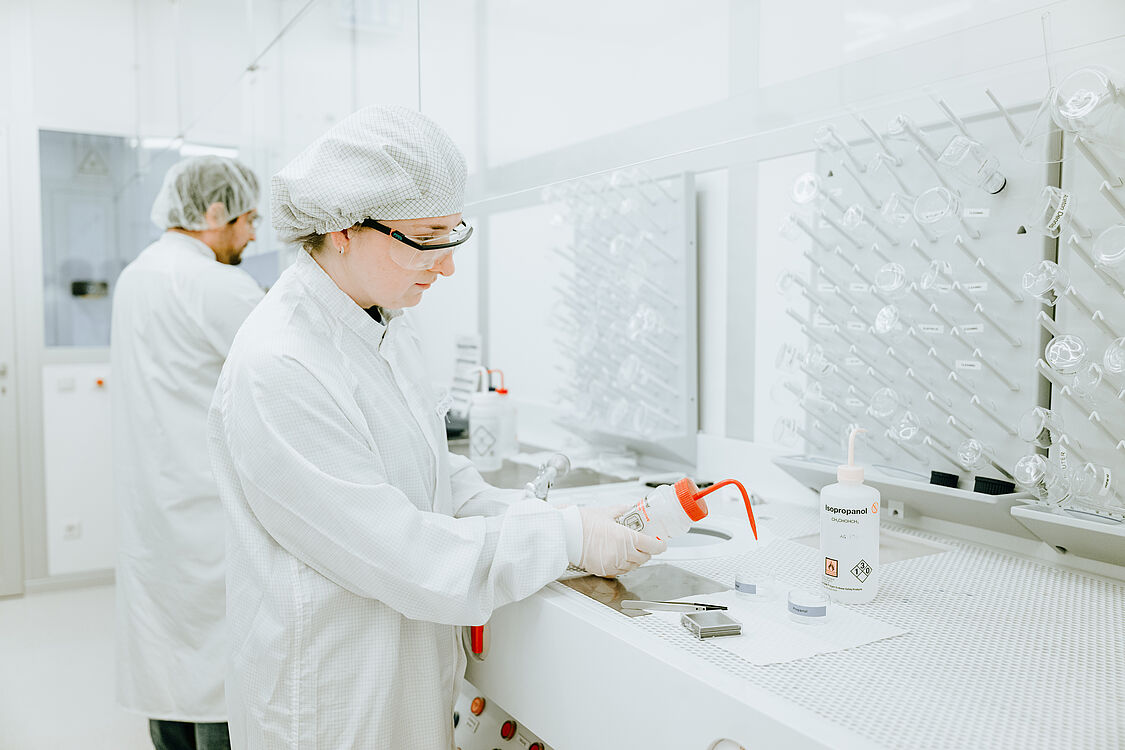
The interdisciplinary research work at PhoQS is characterised by state-of-the-art methods, both in the fabrication and realisation of hardware and in system modelling and software development. Centrally managed equipment and methods are maintained by the infrastructure teams and are accessible to all PhoQS members.
Research Facility
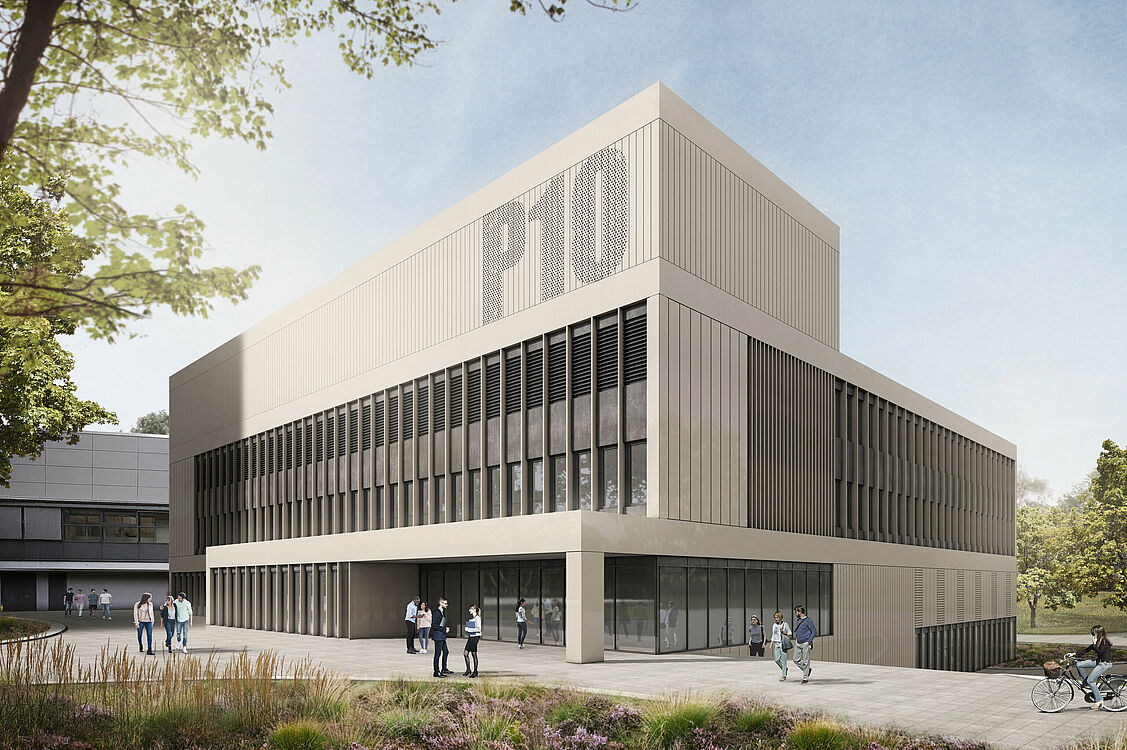
In the international "Photonic Quantum Systems Laboratory" (PhoQS Lab), scientists from experimental and theoretical physics, electrical engineering, computer science and mathematics will work together in a building with state-of-the-art technological infrastructure to develop new basic research approaches both in technology development for photon-based quantum applications and in the theoretical and experimental conceptualisation of scalable quantum photonics.

